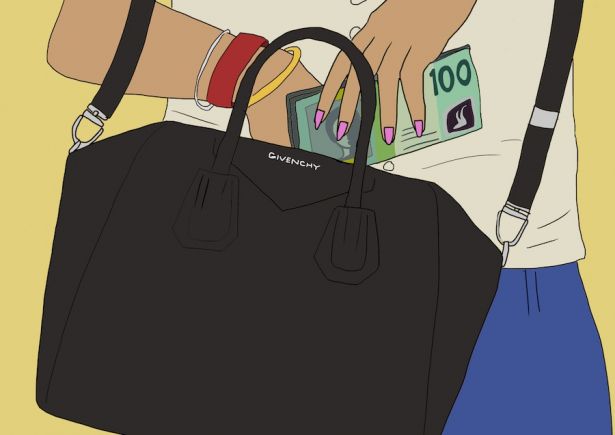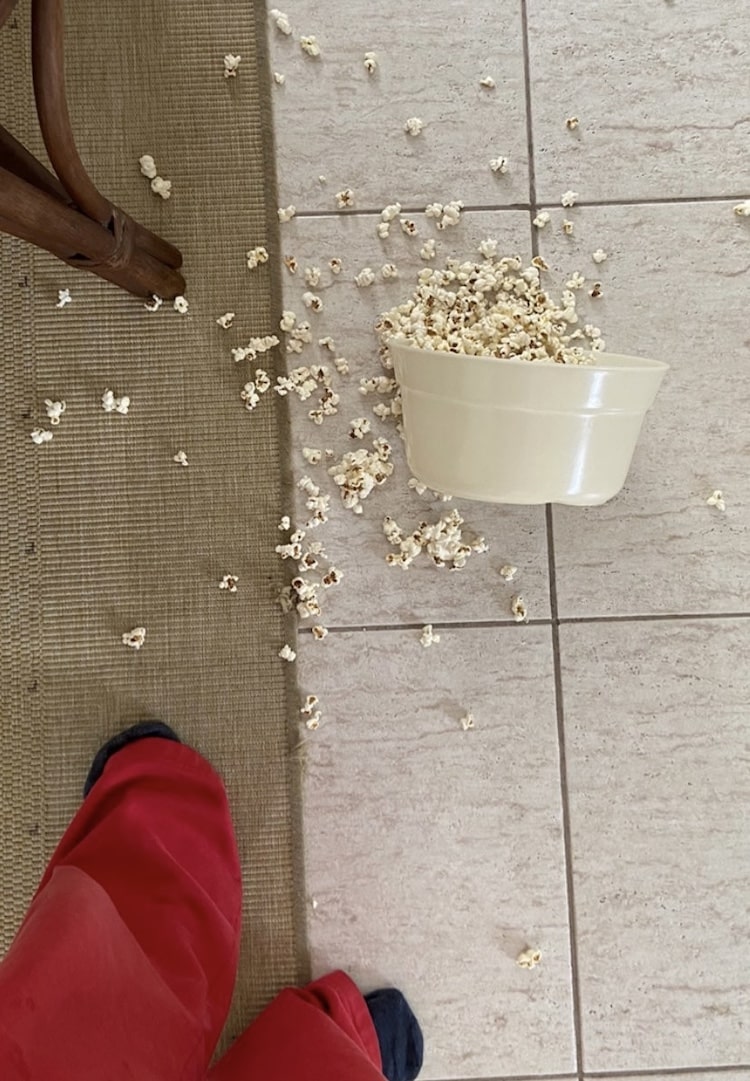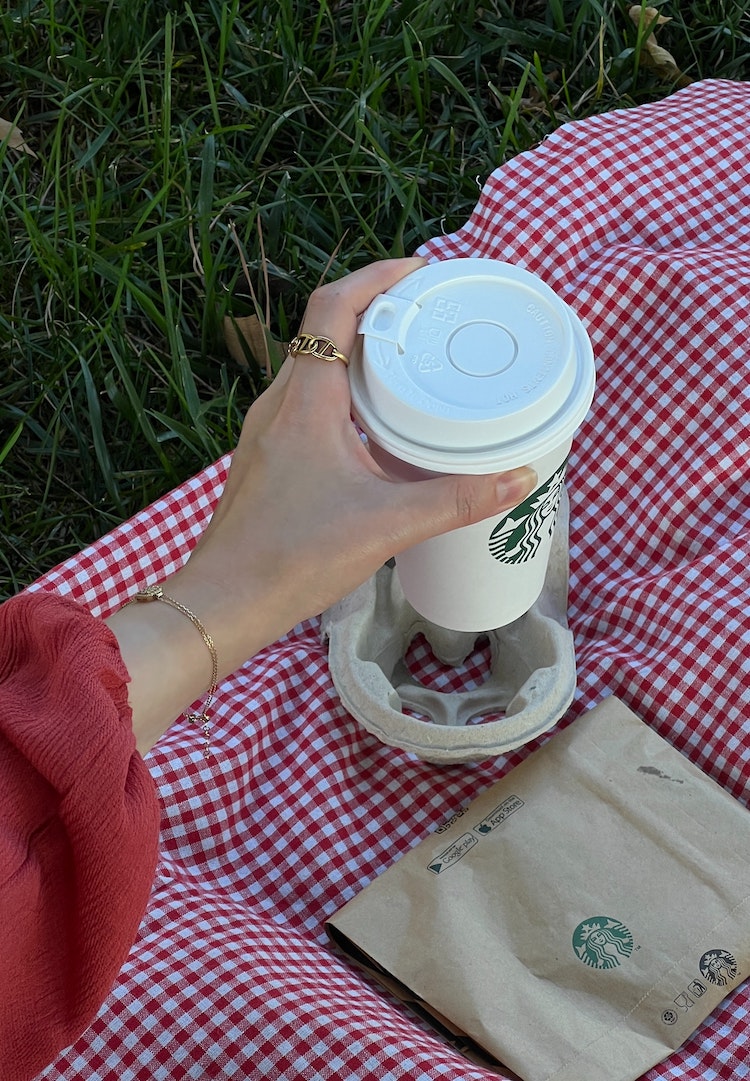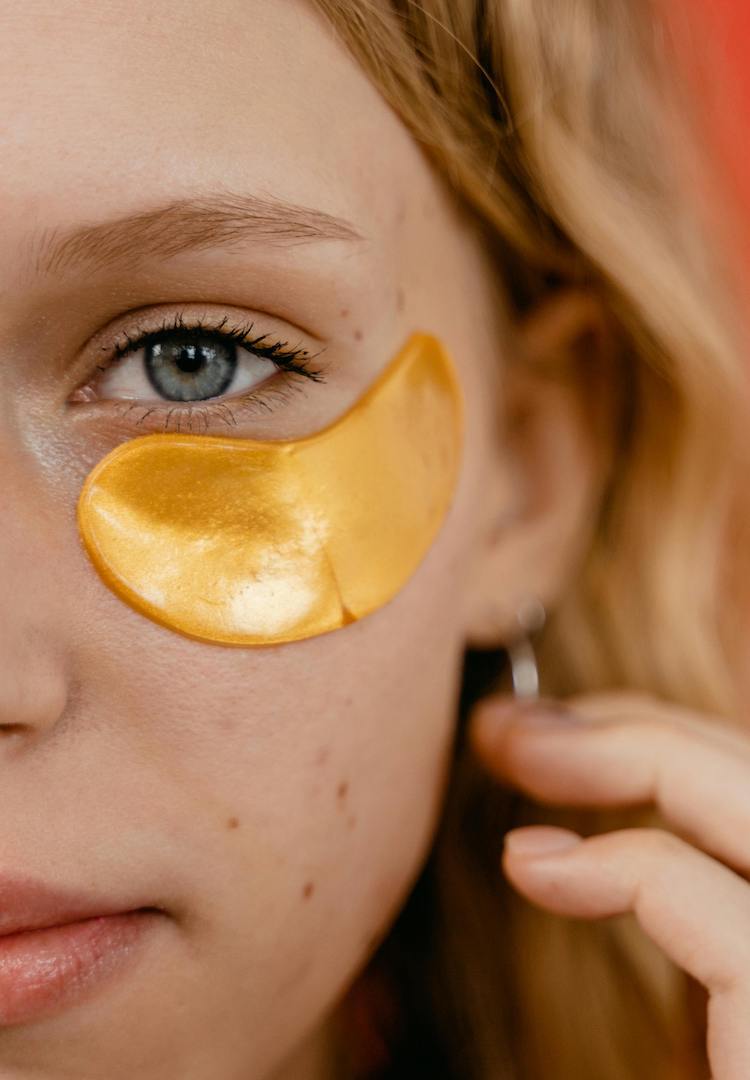Why Influencers need to take some of the blame for the rise of fraud on Instagram
WORDS BY BIANCA O’NEILL
Time to stop passing the buck.
In the wake of the Borrow My Balmain saga, my DMs have been lit – but not in a good way.
Most of the hundreds of messages I’ve received have been from frazzled consumers who have been caught out by yet more fraudulent Instagram accounts peddling fake designer goods for a fraction of the price. These accounts have preyed on young women keen to catch up to their Instagram idols, who appear to wear a rotating roster of $5,000 dresses and $3,000 bags on the reg.
Yes, the people who should shoulder most of the blame for this absolute catastrophe are those seeking to lighten the pockets of women keen on projecting a life more glamorous than reality. Whether they did it intentionally knowing full well that they were flogging fakes, or whether they were somehow duped themselves, as a business owner you have a duty of care to your consumer to ensure that the products you are selling or loaning (for hundreds of dollars a pop, mind you) are legit.
But the Influencers wearing and promoting these products have a duty of care as well.
Steph Claire Smith and Tully Smyth, two influencers caught up in the Borrow My Balmain clusterfuck by wearing their alleged fakes, simply shifted blame back to the company – and were joined along with stylist Suzy Eskander.
Smith reportedly took to Instagram Stories to claim the bungle had nothing to do with her, or her stylist: “Common [sic] guys get real. It was certainly an honest mistake and certainly not mine or [my stylist’s] fault if true. Please stop being mean on my post, I loved the outfit and didn’t realise it was a fake.”
Smyth, meanwhile, commented on my breaking articleabout a Gucci employee alleging her dress was also a fake, saying “Haha like I have any idea! You think I can tell the difference? I wanted to wear my PJ’s to the races. I just borrowed a dress for an event like I always do.”
Choruses of ‘bullying’ claims peppered their feed. Leave them alone! It’s not their fault! The idea, however, that neither of these influencers, who rack up a combined following of over 1.4 million people, had any agency in this matter doesn’t sit right with me.
I’ve spoken before about the severe lack of ethics in the blogging community, something that led me to be even more transparent on my own Instagram page. (I now disclose not only paid placements, but also gifting and hosting.)
It seems that this behaviour isn’t catching, unfortunately, as there’s still a LOT of undisclosed ‘collabs’ going around. So how can I expect something even more than that from my community? Well, just call me optimistic.
The rise of the influencer has created a world where young women now trust individuals with their recommendations in a much higher percentage than magazines. I conducted a small poll of 400 participants on my Instagram Stories, and 71 per cent of respondents said they had recently purchased something they’d seen on an Influencer’s profile.
This audience is exposed to these subtle marketing messages every day on Instagram, however, most of these Influencers take no responsibility for what they’re promoting.
To Smith and Smyth, I’d say this: it IS also your fault. You have a responsibility, as a privileged person who can potentially influence hundreds of thousands of followers, to do your research. (Research? You know, that thing that journalists do?)
You SHOULD know if the brand you’re being paid to promote is ethical. If it pays its workers appropriately. If it uses vegan fur. You have a right to demand that information prior to working with them, and you should.
If not for your own selfish reasons, perhaps for all those girls who subsequently booked their own pieces through BMB only to have a fake Gucci T-shirt covered in stains sent to them.
Yep, you should feel bad about that. I would.
Follow Bianca’s painful journey wearing all her own clothes over at @_thesecondrow.









